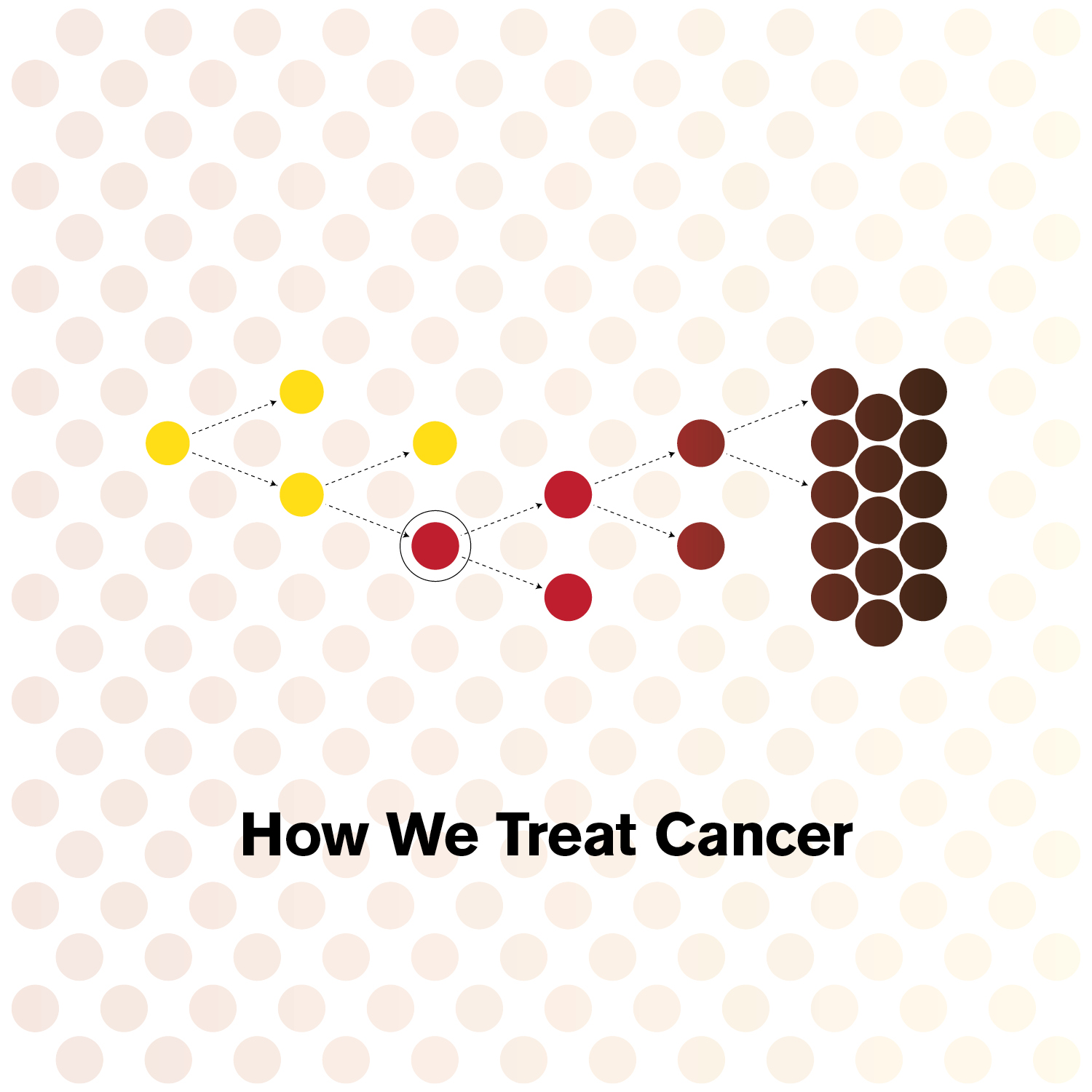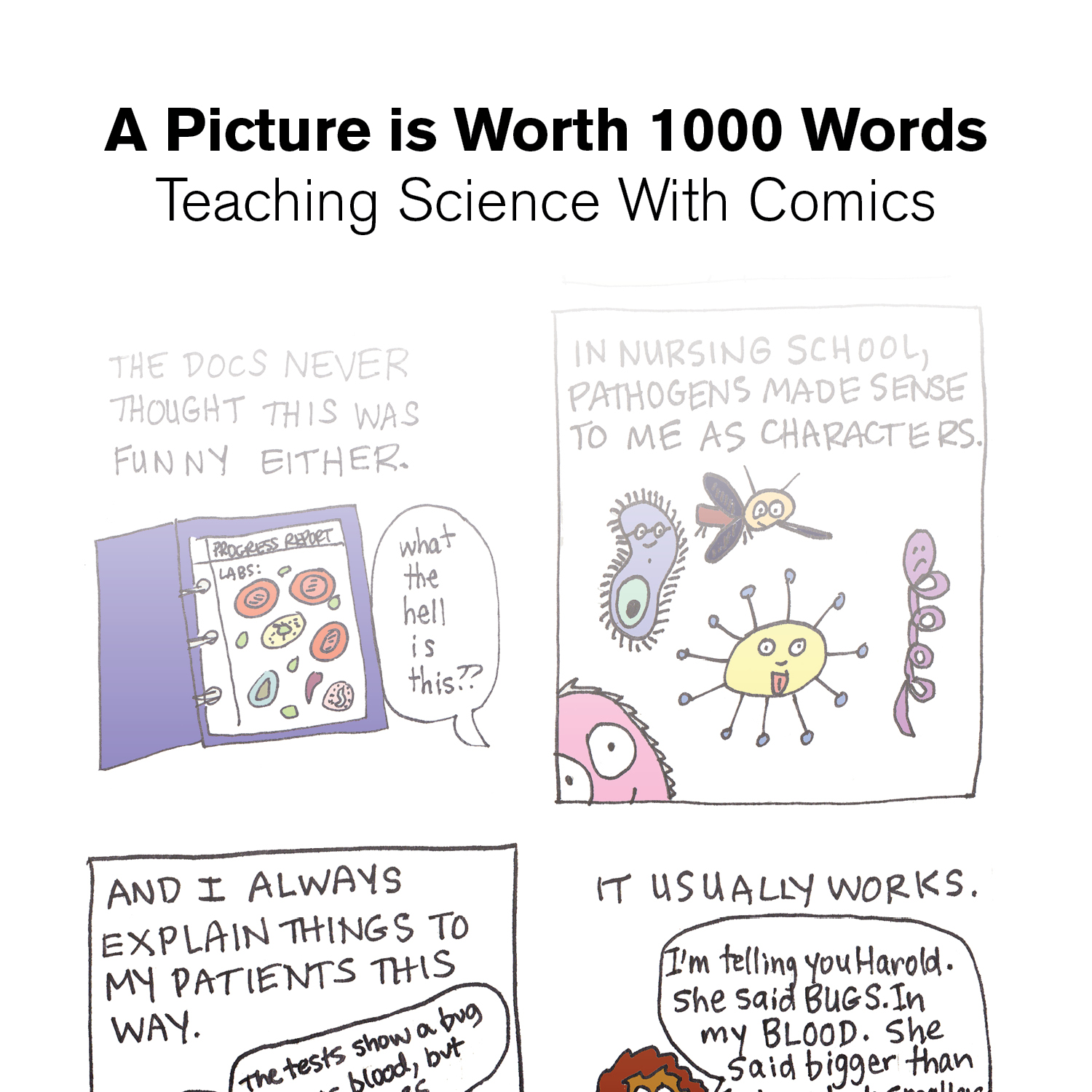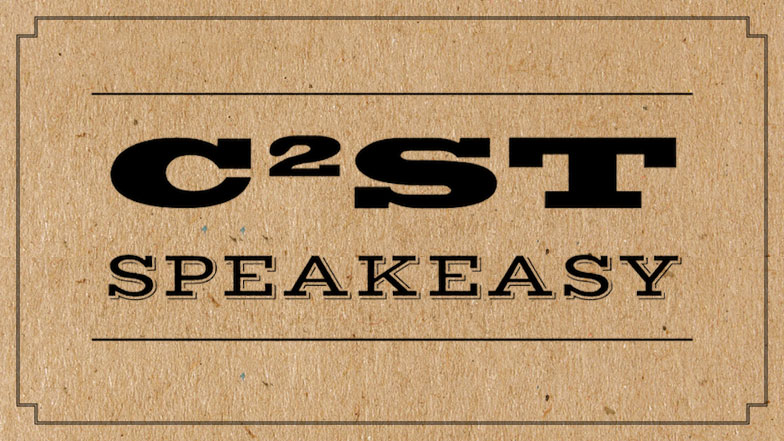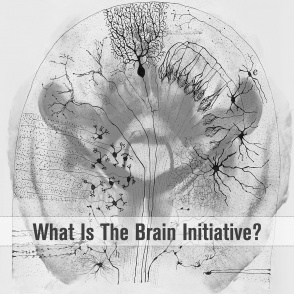How We Treat Cancer

By Janet McMillan, C2ST volunteer and graduate student in chemistry at Northwestern University
Cancer is the second most common cause of death in America. Despite this bleak statistic, cancer therapies have improved drastically over the past decades. Many diseases that were once an imminent death sentence can now be managed comfortably for years after diagnoses. However for many others, cancer is still a certain death sentence.



